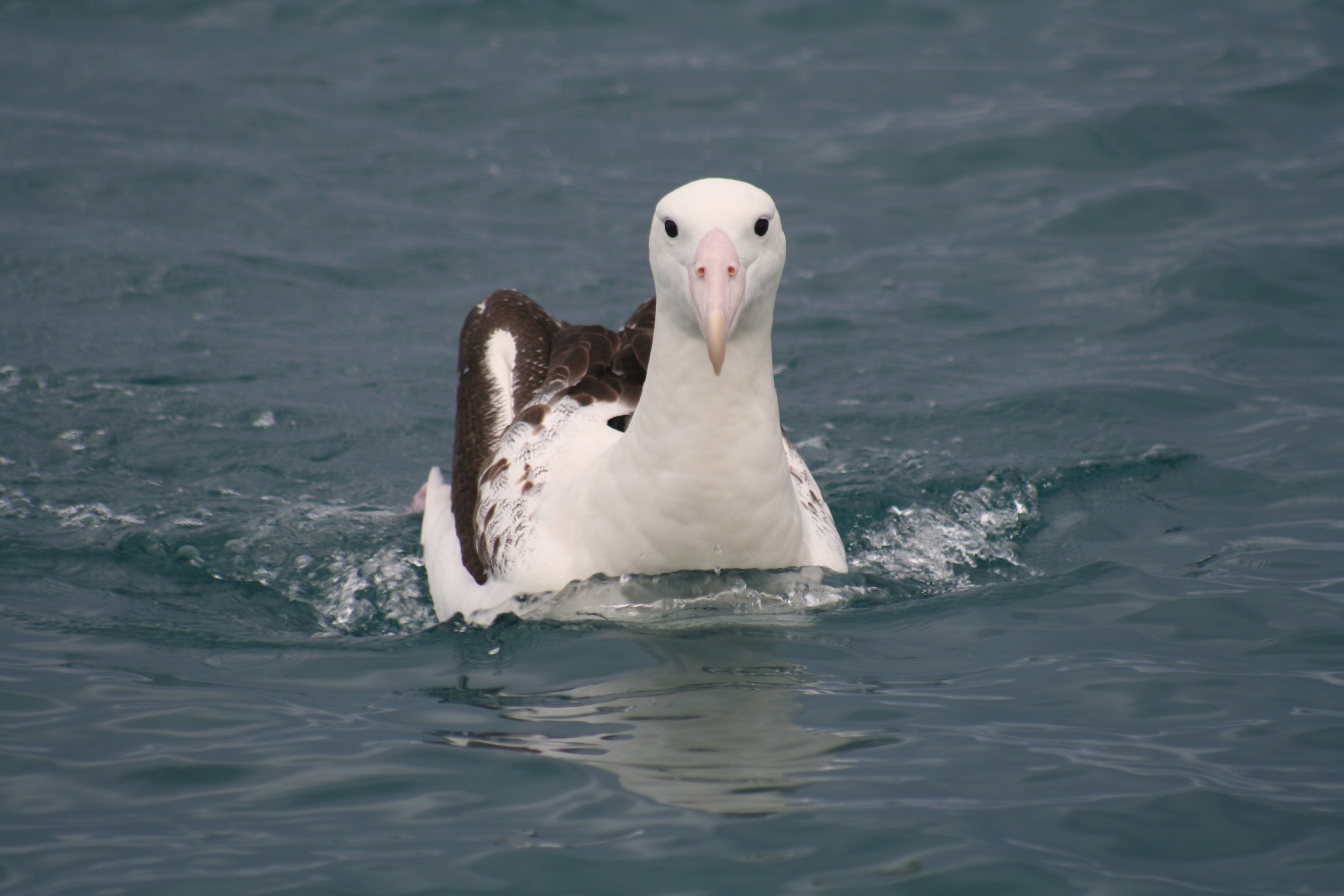 New Zealand has the greatest number and diversity of seabird species, 90% of which are threatened or at risk of extinction. This includes the Antipodean Albatross Diomedea antipodensis (pictured), listed as Endangered by the IUCN. Photograph by Kerry-Jayne Wilson
New Zealand has the greatest number and diversity of seabird species, 90% of which are threatened or at risk of extinction. This includes the Antipodean Albatross Diomedea antipodensis (pictured), listed as Endangered by the IUCN. Photograph by Kerry-Jayne Wilson
Each year thousands of albatrosses and petrels die through entanglements with fishing gear and swallowing baited hooks and drowning. A new “Seabird-Safe Fishing Toolkit” aims to tackle the problem.
The project, which has been welcomed by the fishing industry, Governments and NGO’s, is being developed by the Asia Pacific Economic Cooperation (APEC) Ocean and Fisheries Working Group (OFWG) and was presented to a recent APEC roundtable by New Zealand’s Department of Conservation (NZDOC) and the Southern Seabirds Trust.
The toolkit facilitates direct engagement with the fishing industry and equips them with essential information to help reduce seabird bycatch. This includes, the ocean areas important to threatened seabirds, access to distribution maps for all ACAP species, information on seabird bycatch mitigation options (including ACAP’s Best Practice Advice guidelines), as well as information on fisheries monitoring tools for verification.
Igor Debski is the Convenor of ACAP's Seabird Bycatch Working Group (SBWG) and was Lead Technical Advisor in the development of the toolkit. Commenting on the project, he said:
“The toolkit represents a new and exciting approach to improve the implementation of ACAP’s Best Practice Advice by engaging directly with the vessel-to-market supply chain. Improved bycatch mitigation in fisheries is a key action needed to address the conservation crisis faced by ACAP-listed species.”
ACAP recommends that the most effective approach to reduce or avoid seabird bycatch in longline fisheries is through the simultaneous use of line weighting to sink baited hooks as close to the vessel as possible to reduce their availability to seabirds, bird scaring lines to deter birds from baited hooks, and setting longlines at night.
The Agreement’s comprehensive range of Best Practice Advice guidelines and factsheets containing proven mitigation measures are available in multiple languages and are accessible through the ACAP website.
ACAP’s Advisory Committee endorsed and encouraged support for the development of the toolkit at its meeting in May (AC13), the plans for which were presented to the Eleventh Meeting of the SBWG (SBWG11). Sebastian Jiminez and Dimas Gianuca, the ACAP SBWG Convenors, along with Ed Sullivan, an SBWG member, are also involved in the development of the toolkit as members of the expert reference groups for the project.
Development of the tollkit will take place over 2024 and will be presented to the APEC Oceans and Fisheries Working Group in August 2024.
18 December 2023

 English
English  Français
Français  Español
Español